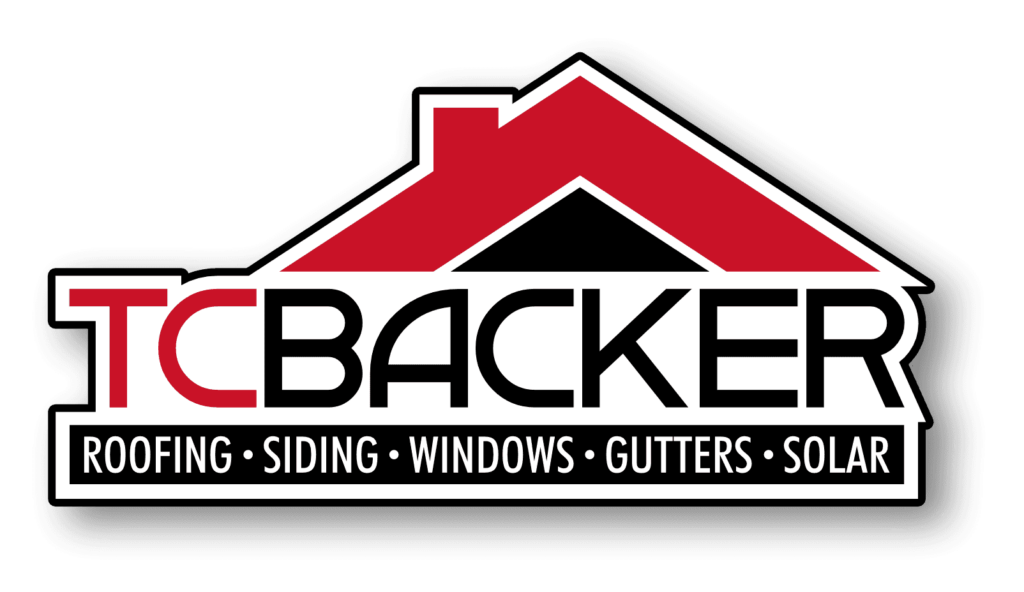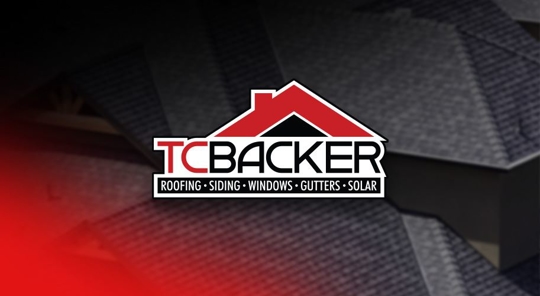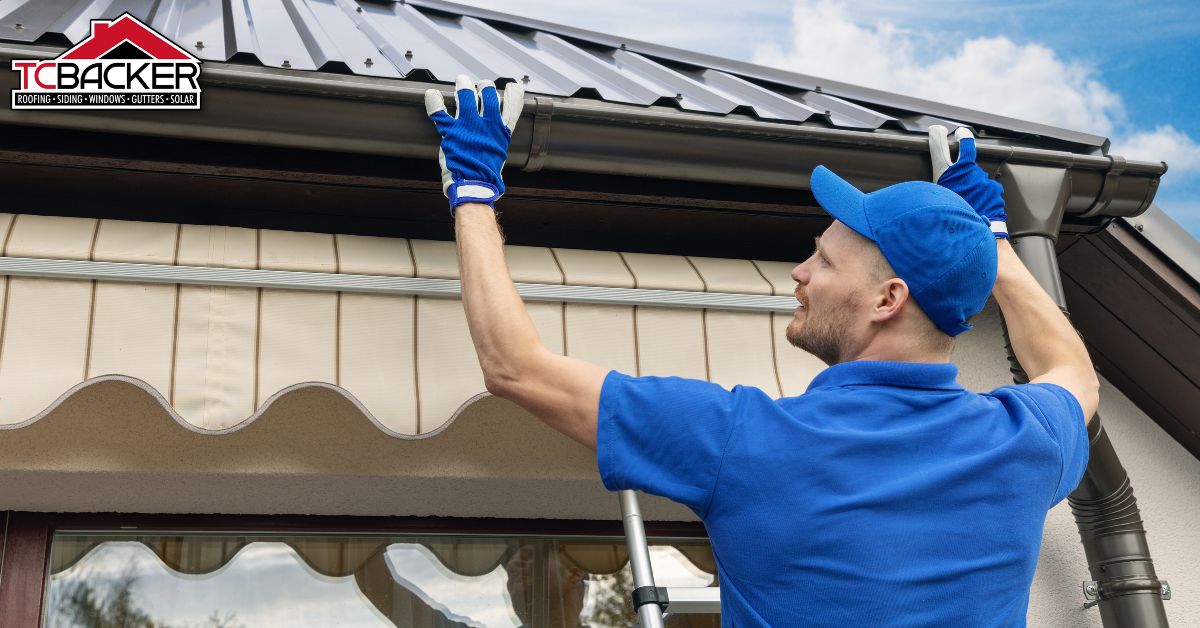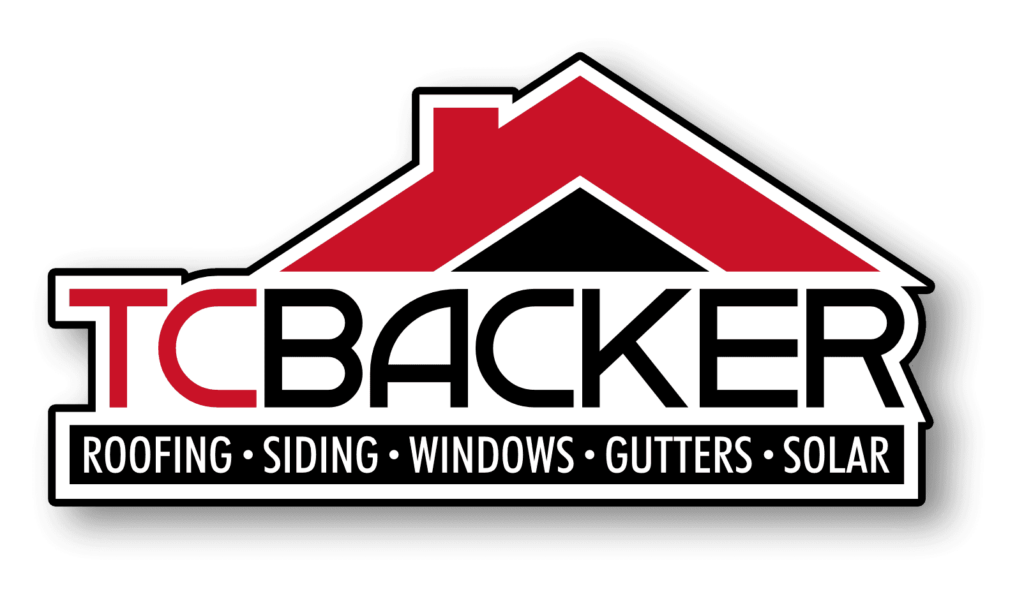Hey there, it’s time to take control of your roofing materials and make sure they’re in top condition. Maintaining and repairing your roofing materials is important to keep them in good shape and protect your home. With a little bit of effort and the right tools, you can keep your roofing materials in tip-top condition.
In this article, we’ll outline the steps you need to take to maintain and repair your roofing materials. You’ll understand how to identify any potential problems and how to fix them quickly and easily.
So, let’s get started and make sure your roof is in ship shape!
Inspect Your Roof Regularly
Inspecting your roof regularly is like giving it a checkup to make sure it’s in tip-top shape.
The first step is to check for any signs of weatherproofing damage or moisture control problems. This could include cracked or missing shingles, worn spots, and rust or corrosion.
If you notice any of these issues, it’s important to take action and repair them as soon as possible. You should also look for any loose nails, which can cause further damage if left unchecked.
Caulking around vents and other openings can also help to prevent water damage. Taking a few moments to inspect your roof can help to protect your home and save you money in the long run.
Repair Any Holes or Cracks
Assessing any holes or cracks in the surface of your roof is essential for ensuring its longevity and protecting its integrity. It’s important to patch any holes or cracks in shingles or seams as soon as you notice them. If left untreated, these small damages can quickly worsen and become a major headache.
To repair any holes or cracks, you’ll need to purchase patching shingles and sealing seams. Once you have the necessary supplies, you’ll need to follow the manufacturer’s instructions on how to properly apply them to the roof. The process is fairly straightforward and can be completed in a few hours.
With the right tools and a bit of elbow grease, you’ll have your roof patched up in no time. By addressing any holes or cracks early, you can prevent any further damage and save yourself money in the long run.
Taking the time to inspect your roof and repair any issues is an important part of maintaining your roof and ensuring it lasts for years to come. Once you’ve completed the repairs, it’s time to move on to the next step of cleaning and removing any debris.
Clean and Remove Debris
Quickly removing debris from your roof can help prevent further damage and save you money in the long run.
Regularly cleaning your roof with a safe cleaning solution will help prevent deterioration and prolong the life of your roofing materials.
Taking the time to sweep, brush, and hose down the surface will help remove all the organic matter, dirt, and other debris that can cause damage to your roof.
Make sure to pay close attention to valleys, ridges, and any other areas where debris might accumulate.
If you have trees or plants near your roof, you may need to trim them back periodically to help reduce the amount of debris that accumulates on your roof.
After the debris is removed, you should inspect the roof for any signs of damage or wear.
Check for Signs of Damage
Carefully scanning the surface for any signs of wear, you can see the impact that debris has had on the overall condition of the roof. Taking preventative care by weatherproofing your roofing materials is an important step in ensuring the longevity of your roof.
While assessing the condition, look for:
• Cracks or tears in the material
• Missing or broken pieces
• Signs of mold or mildew
• Areas that have been exposed to water damage
By paying close attention to any signs of damage, you can take the necessary steps to repair and maintain the condition of your roofing materials. This will help ensure that your roofing materials are in the best condition possible, allowing you to feel secure in your home’s protection.
Transitioning into regular maintenance will help prevent future damages and extend the life of your roof.
Perform Regular Maintenance
Let’s start by discussing cleaning gutters and downspouts. It’s important to keep these free of debris, like leaves and twigs, to prevent water from overflowing and damaging your roof and walls. To do this, you’ll want to use a ladder and a trowel to scoop out the debris from the gutters and downspouts.
Now, let’s move on to sealing around chimneys and vents. This is important to help keep water from seeping in through the cracks and causing damage to the roof. You’ll want to use a high-quality sealant to fill in any gaps and help protect your roof.
Cleaning gutters and downspouts
Keep your gutters and downspouts clear and clog-free for safe and efficient drainage – don’t let them become an afterthought!
The key to maintaining a healthy and safe roof system is to take preventative measures that will prevent debris from collecting in the gutters and downspouts. Cleaning your gutters and downspouts on a regular basis with the correct cleaning tools will ensure that rain water and melting snow are properly and quickly drained away from your home.
It’s important to take the time to regularly inspect and clean your gutters and downspouts to prevent future costly repairs. Sealing around chimneys and vents is the next step in ensuring that your roof is protected from the elements.
Sealing around chimneys and vents
You’ll want to make sure your chimneys and vents are properly sealed, so you don’t have to worry about costly repairs down the road.
To prevent leakage and weatherproof your chimneys and vents, use a quality sealant that’s designed for outdoor use. Make sure to read the instructions carefully and apply the sealant to the entire surface area of each chimney and vent.
Make sure to caulk any gaps or cracks around the edges of each chimney or vent. This will help to ensure that your chimneys and vents remain secure and waterproof, and will protect your home from any potential damage caused by water.
Once the sealant has been applied, use a brush to smooth it out and ensure all surfaces are covered. For extra protection, you can also use a layer of roofing tape to further seal the area.
This is an important step in maintaining your roof, and it’ll give you peace of mind knowing that your roof is properly sealed and protected from the elements.
Conclusion
It’s important to keep your roofing materials in good condition. Taking the time to inspect, repair, clean, and maintain your roofing materials can help you avoid more costly repairs in the future.
So be sure to regularly inspect your roof, repair any holes or cracks, and clean and remove debris. Checking for signs of damage, like missing shingles or water damage, and performing regular maintenance, can help ensure that your roof stays in top shape.
With a little bit of effort, you can keep your roof looking great for years to come.
Don’t wait for problems to escalate. Contact TC Backer Construction today to schedule a roofing inspection and discuss how we can assist you in maintaining your roofing materials. Take proactive steps to protect your investment and enjoy a durable, reliable roof for years to come. Read more about Comparing Durability Of Different Roofing Materials.
The post How To Maintain And Repair Your Roofing Materials appeared first on TC Backer Construction.





